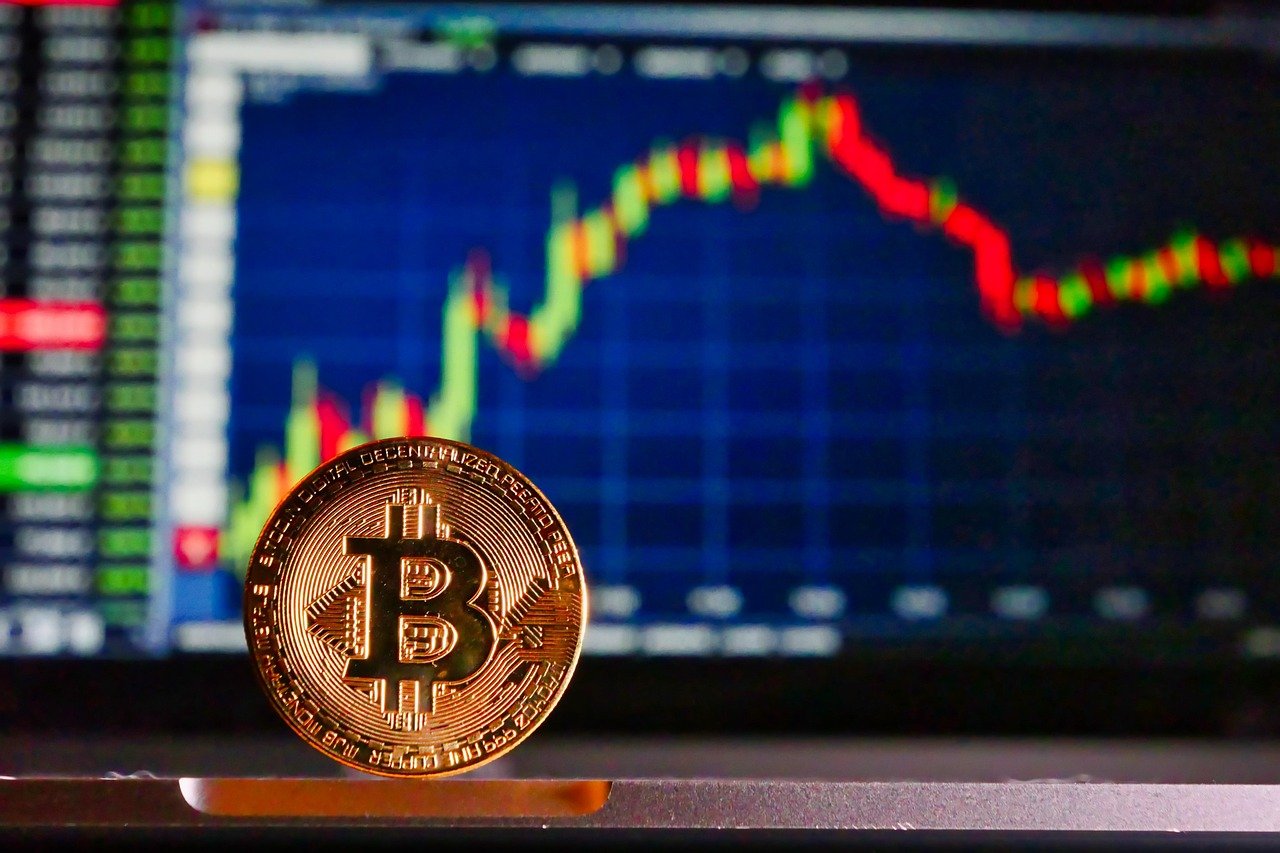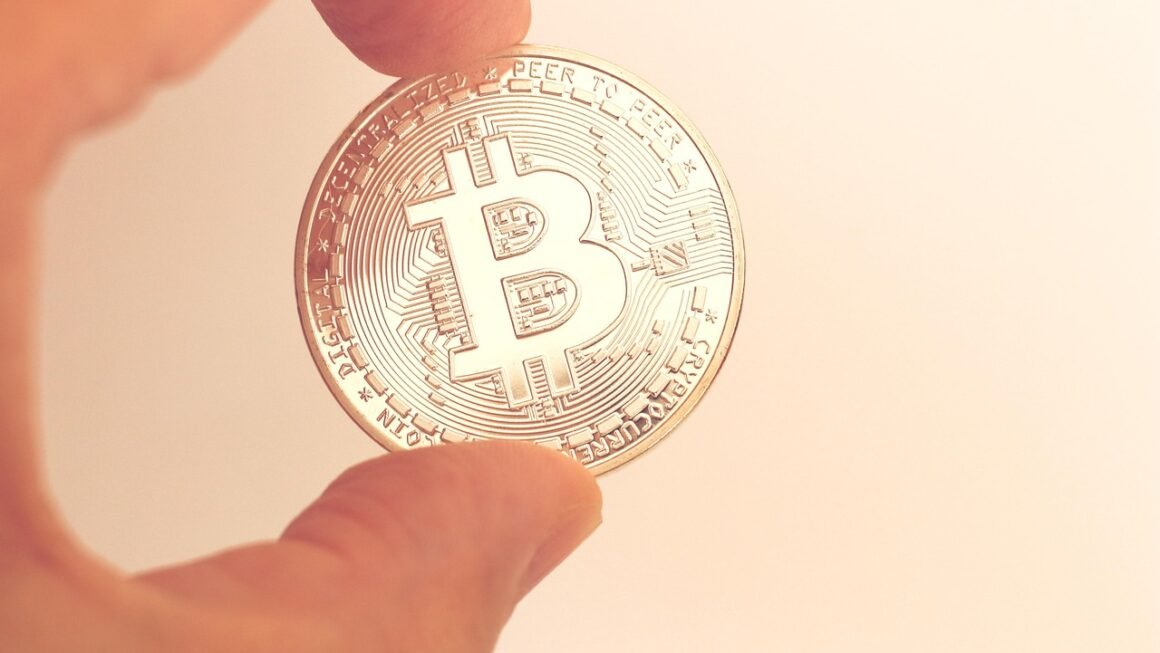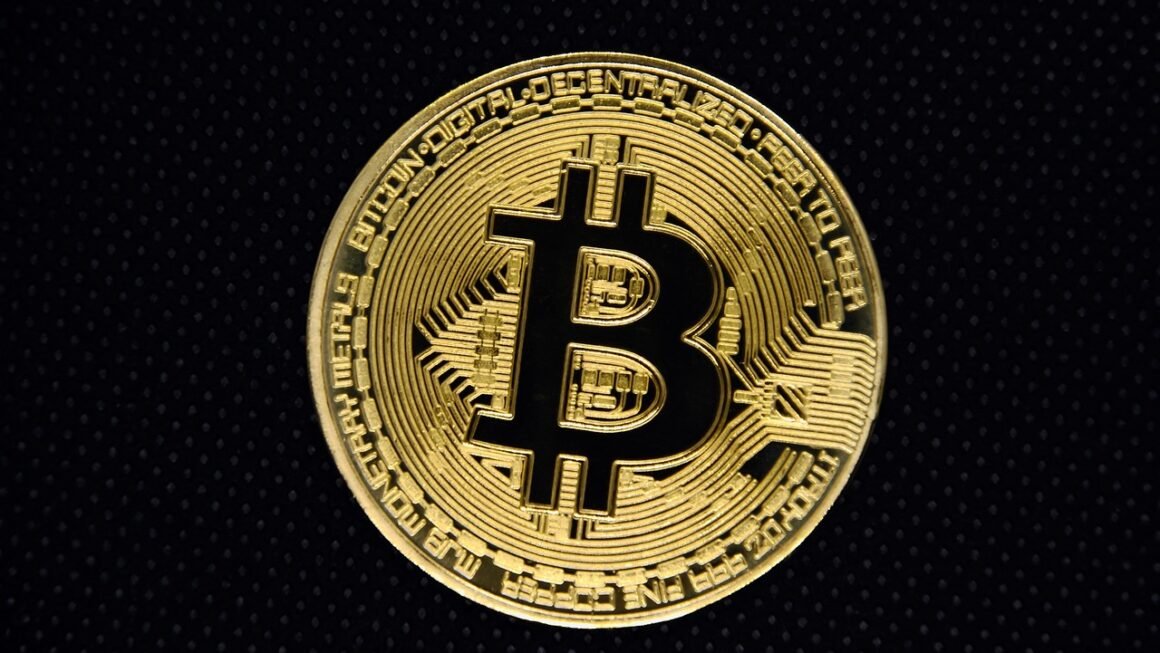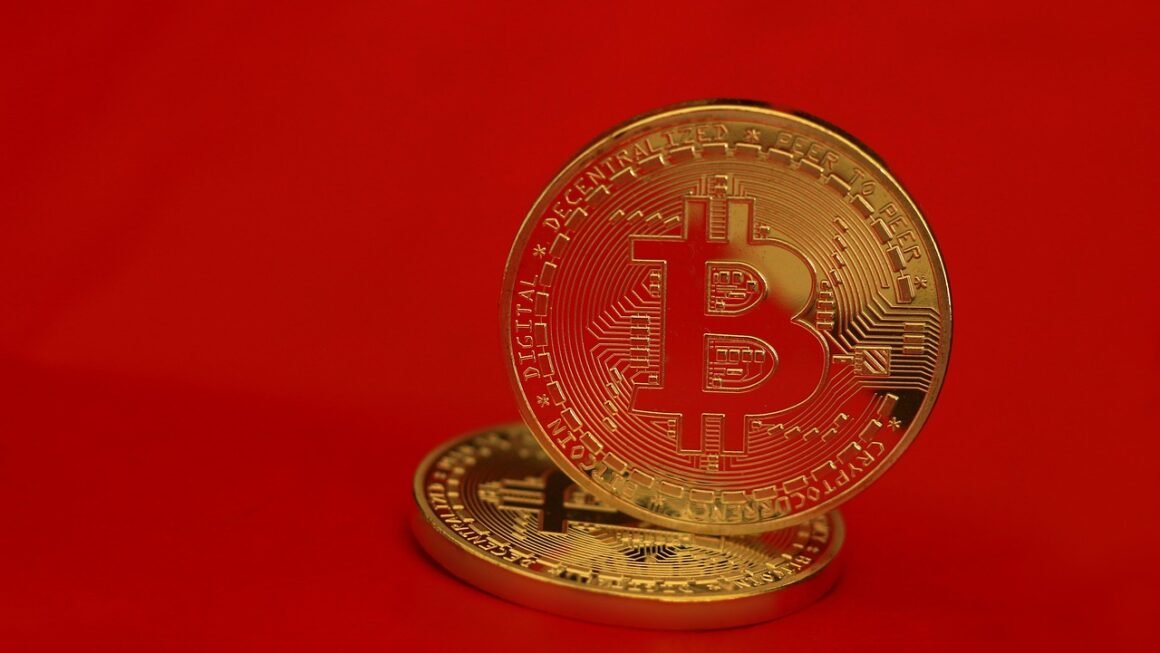Token burns have become a frequently discussed mechanism in the cryptocurrency world, often sparking curiosity and sometimes confusion. Understanding what a token burn is, why it’s implemented, and its potential impact on a cryptocurrency project is crucial for anyone involved in or interested in the digital asset space. This comprehensive guide will delve into the intricacies of token burning, providing you with the knowledge to navigate this fascinating aspect of crypto economics.
What is a Token Burn?
Definition and Basic Explanation
A token burn is the process of permanently removing a certain number of cryptocurrency tokens from circulation. This is achieved by sending the tokens to a designated “burn address,” which is an address that nobody has access to its private key. Essentially, these tokens are irretrievably destroyed, reducing the total supply of the cryptocurrency.
The Purpose of Burning Tokens
The primary purpose of a token burn is to reduce the circulating supply of a cryptocurrency, potentially leading to an increase in the value of the remaining tokens. This effect is driven by the principles of supply and demand: with fewer tokens available, each individual token becomes more scarce and, theoretically, more valuable.
Burn Addresses: The Digital Inferno
Burn addresses are specifically created to receive tokens designated for burning. They are characterized by:
- Unrecoverable Private Keys: No one possesses the private key associated with a burn address, making it impossible to access or move the tokens sent there.
- Transparency: Burn addresses are publicly visible on the blockchain, allowing anyone to verify the token burn.
- Immutable Nature: Once tokens are sent to a burn address, they are permanently locked and cannot be recovered.
Why Do Crypto Projects Burn Tokens?
Creating Scarcity and Increasing Value
The most common reason for a token burn is to increase the value of the remaining tokens. By reducing the supply, projects aim to create artificial scarcity, leading to increased demand and price appreciation. This can be beneficial for long-term investors.
- Example: If a project initially launches with 1 billion tokens and burns 500 million, the remaining 500 million tokens will theoretically be more valuable, assuming demand stays constant or increases.
Improving Tokenomics
Token burns can be used to adjust and improve a project’s tokenomics, which refers to the economic model and principles that govern a cryptocurrency’s supply, distribution, and use. This includes:
- Correcting Inflationary Pressures: Some cryptocurrencies have inflationary tokenomics, meaning the supply increases over time. Token burns can help counteract this inflation, maintaining or increasing the token’s value.
- Rewarding Token Holders: Burns can be a way to indirectly reward token holders by increasing the value of their holdings.
- Stabilizing Price: Token burns can be strategically used to stabilize the price of a token during periods of volatility.
Proof-of-Burn Consensus Mechanism
While not strictly a “burning” of tokens in the traditional sense of creating scarcity, the Proof-of-Burn (PoB) consensus mechanism utilizes a burning process to secure the network. In PoB, users “burn” tokens to gain the right to validate transactions. The more tokens burned, the higher the chance of being selected as a validator. This differs from Proof-of-Work (PoW) and Proof-of-Stake (PoS) and is seen as a more energy-efficient alternative to PoW. However, it still requires users to essentially destroy value to participate.
Strategic Incentive Mechanisms
Token burns can also be part of a broader strategic incentive program:
- Transaction Fee Burning: Some blockchains burn a portion of the transaction fees, reducing the overall token supply with each transaction.
- Example: Ethereum’s EIP-1559 upgrade burns a portion of the transaction fees, referred to as the base fee, to manage gas prices and introduce a deflationary aspect to the Ethereum economy.
- Revenue Sharing: Projects may use a percentage of their revenue to buy back tokens from the market and burn them, distributing profits to token holders in a roundabout way.
How Token Burns are Implemented
Token Burn Mechanisms
Token burns are typically implemented through pre-programmed smart contracts or manual processes controlled by the project team. Common methods include:
- Automated Burns: Smart contracts are programmed to automatically burn a specific number of tokens at predetermined intervals (e.g., monthly, quarterly).
- Manual Burns: The project team manually executes the token burn by transferring tokens to the designated burn address. These often accompany project milestones or specific market conditions.
- Burn-on-Transaction: As mentioned earlier, a small percentage of each transaction fee is burned, constantly reducing the token supply.
Communicating Token Burns
Transparency is key when conducting a token burn. Projects should clearly communicate the following to their community:
- Burn Amount: The exact number of tokens being burned.
- Burn Address: The public address where the tokens are being sent.
- Rationale: The reasons and strategic goals behind the burn.
- Frequency: How often burns are planned to occur (if applicable).
This information is usually disseminated through official channels like the project’s website, blog, social media, and whitepaper.
Examples of Successful Token Burns
Several notable cryptocurrency projects have successfully implemented token burns to achieve various goals:
- Binance Coin (BNB): Binance regularly burns BNB tokens using a portion of its profits, aiming to reduce the total supply to 100 million BNB.
- Ethereum (ETH): With the implementation of EIP-1559, Ethereum burns a portion of transaction fees, introducing a deflationary mechanism.
- Ripple (XRP): While less frequent, Ripple has occasionally burned XRP tokens held in escrow.
These examples demonstrate the diverse applications of token burns and their potential impact on a cryptocurrency’s ecosystem.
Risks and Considerations Associated with Token Burns
Potential for Manipulation
While token burns can be beneficial, they also come with potential risks:
- Price Manipulation: The announcement or execution of a token burn could be used to artificially inflate the price of a token.
- Lack of Transparency: If the burning process isn’t transparent or the rationale isn’t clear, it can erode trust in the project.
- False Scarcity: If the initial supply was excessively high, a token burn might not have a significant impact on the token’s value.
Not a Guaranteed Solution
It’s important to note that a token burn is not a guaranteed solution for increasing the value of a cryptocurrency. Factors such as:
- Market Demand: The overall demand for the token remains a crucial driver of its price.
- Project Fundamentals: The underlying technology, team, and use case of the project are more important for long-term success.
- Market Conditions: Broader market trends can significantly impact the price of any cryptocurrency, regardless of token burns.
Regulatory Scrutiny
Token burns can also attract regulatory scrutiny, especially if they are perceived as attempts to manipulate the market. Projects must ensure that their token burn practices comply with applicable regulations and are conducted with transparency and fairness.
Conclusion
Token burns are a powerful mechanism in the cryptocurrency world that can be used to create scarcity, improve tokenomics, and reward token holders. However, they are not a guaranteed solution for success and must be implemented with transparency, careful planning, and consideration of potential risks. Understanding the intricacies of token burns is essential for anyone looking to invest in or engage with the world of cryptocurrencies. By considering the factors discussed in this guide, you can make informed decisions and navigate the complexities of token burns with confidence.



